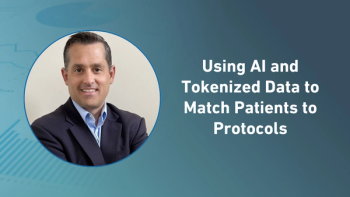
Tufts CSDD Reports Promising Outlook on Pediatrics
BOSTON, MA - Resources dedicated to creating medicines to meet the unique needs of children have grown steadily since legislation guiding pediatric drug development was enacted in the United States two decades ago, and the outlook for still greater development looks promising, according to a new analysis completed by the
Even though R&D complexity has grown more than 50% since 2008, resources dedicated to pediatric studies have increased across most R&D functions, according to the new Tufts CSDD study, which updates a similar assessment it completed nearly a decade ago.
"Much has changed since 2007, including the need to conduct pediatric studies earlier in development across all age groups, with appropriate formulations, in the context of a changing, more complex research environment," noted Christopher-Paul Milne, research associate professor and director of research at Tufts CSDD at Tufts University School of Medicine, who conducted the analysis.
Since the Best Pharmaceuticals for Children Act (BPCA) and the Pediatric Research Equity Act (PREA) were enacted in 2002 and 2003, respectively, more than 600 drugs and biologicals originally developed for adults have been labeled in the U.S. with specific information to inform safer administration and dosing in children.
"Developing formulations for children was not achieved easily and remains a costly and complex undertaking," said Milne.
He noted that pediatric R&D today must account for expanded data requirements and changes imposed by advances in pharmacogenomics, regulatory science, and multi-country clinical trial networks.
Key findings from the analysis, based on a survey sent to more than two dozen drug development companies, reported in the November/December Tufts CSDD Impact Report and released today, include the following:
Pediatric regulatory science holds the most promise for improving the reliability of pediatric drug development, even as patient recruitment problems persist.
The drug development environment for pediatric rare diseases continues to move "in the right direction," but including neonates in routine drug development will likely remain challenging in the near term.
Patient recruitment and retention as well as modifications/amendments to study plans after study start are the top factors pushing up development costs.
About the Tufts Center for the Study of Drug Development
The
Newsletter
Stay current in clinical research with Applied Clinical Trials, providing expert insights, regulatory updates, and practical strategies for successful clinical trial design and execution.






.png)



.png)



.png)
.png)
